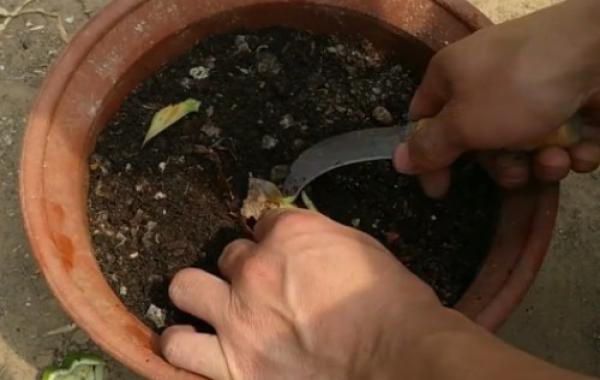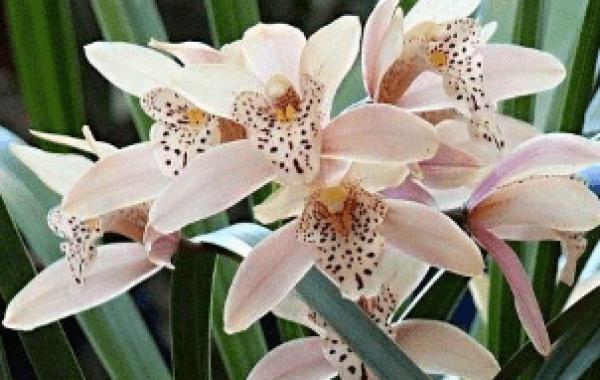When should white orchids be fertilized? How do you do that?
Planting white orchids needs to be considered from the aspects of soil, habits, seasons, fertilization and so on. Fertilization is also a big demand for white orchids in this peak season, which can help white orchids to grow better. next, the fertilization time and skills of white orchids are introduced.
Fertilization time of white orchid
In May every year, you can start to fertilize the white orchid. Apply thin fertilizer after watering. The period from June to September is the stage of vigorous growth of white orchid. At this time, you should grasp the principle of frequently applying thin fertilizer. Use thin human feces and urine, bean cake water, mixed with smashed fish and all kinds of kitchen garbage. After retting, fertilize according to the proportion of fertilizer and water at 1:9, and apply it every three to five times during the growing period. Thin fertilizer is applied frequently, cake fertilizer is better, no fertilizer is applied in winter, fertilizer and water is irrigated every 3-4 days from new buds to June, once every 5-6 days from July to September, and should be stopped after several times of fertilizer application. From moving outdoors to the end of June, alum fertilizer water was irrigated every 7-10 days to make the soil slightly acidic. The sexual phosphate fertilizer can also be applied for one time during the flowering period to make it smell incense.
Fertilization skills of White Orchid
In the vigorous period of white orchid growth (usually in May, June or July and August of each year), the white orchid should be given flower fertilizer every half a month or so, or a little nitrogen, phosphorus and potassium compound fertilizer should be applied at intervals of about 20 grams, 2 to 6 grams at a time.
The specific operation is: first use a small shovel to draw several vertical and horizontal ditches of the soil in the basin, then slowly spread the fertilizer into the ditch, then cover it with the topsoil in the basin, and pour some water. Make the fertilizer gradually infiltrate into the root of the plant with each watering. Do not spread the fertilizer directly to the root, so as not to "burn the root" due to the heavy fertilizer effect of the soil around the root. Fertilization can not make direct contact between fertilizer and roots, although watering should gradually go deep into the soil to prevent "root burning". Applying thin fertilizer (cake fertilizer) frequently, there is no need to apply fertilizer in winter. From sprouting to June in the coming year, fertilizer and water can be irrigated every 3-4 days, and every 5-6 days from July to September. The number of fertilization can be changed according to the actual situation.
Related
- Is the orchid suitable for indoor use? Is it good for the body?
- How to prevent the empty root of orchids?
- What to do after the crab claw orchid is withered?
- Why are the leaves of orchids always yellow? Fertilizing and watering.
- Can the root of the gentleman orchid be saved if it is rotten?
- Diagnosis and treatment of cotton-blowing beetle insects in Cymbidium
- There is a way for a gentleman's orchid to rot.
- What is the most suitable temperature and humidity for the orchid?
- How to raise a gentleman's orchid? Cultivation techniques of Cymbidium
- How to prepare the nutritive soil for the cultivation of Cymbidium



